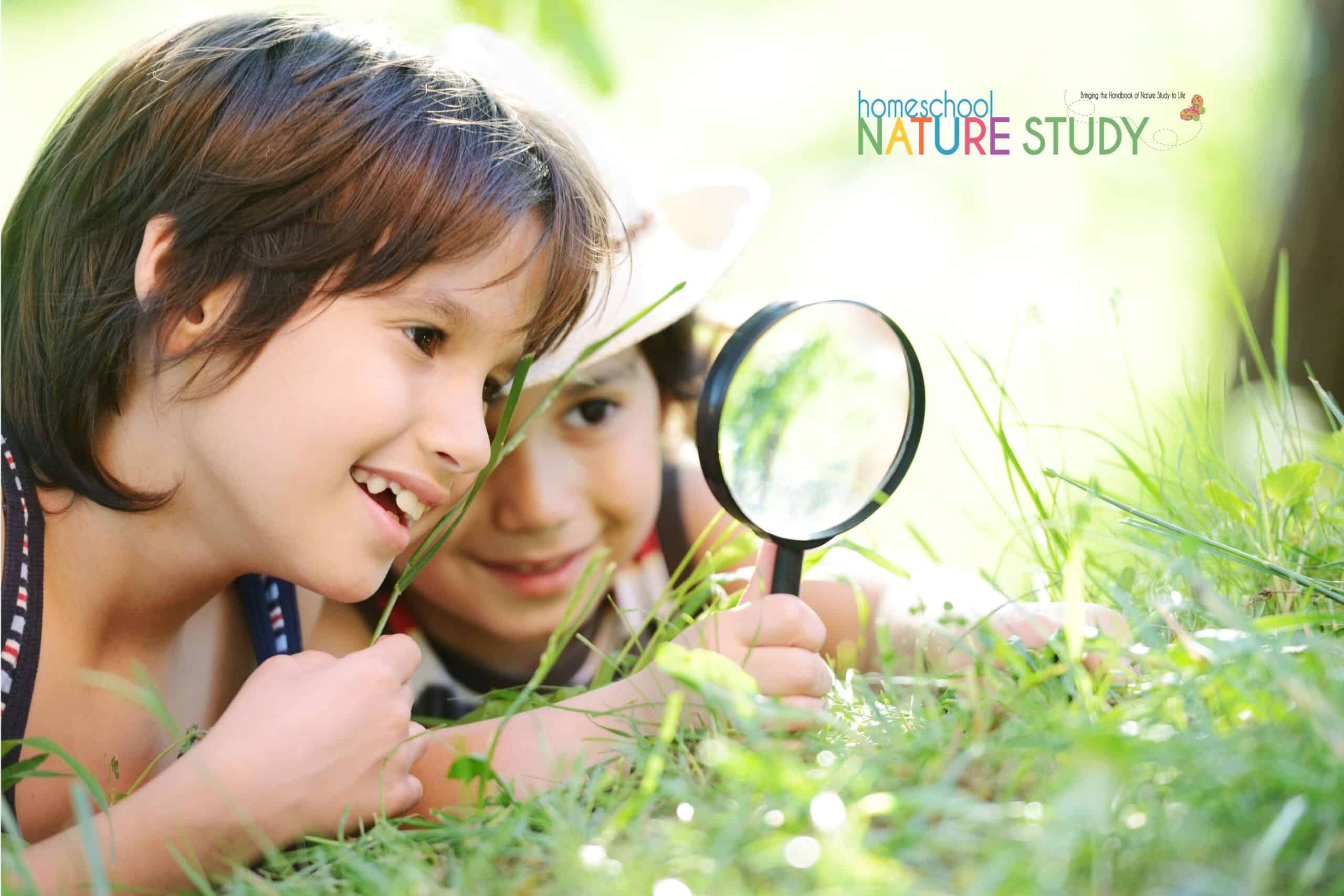
What if I told you that your child could contribute to real scientific research while developing observation skills, learning about nature, and participating in something much bigger than themselves all as part of your homeschool? Welcome to the world of citizen science!
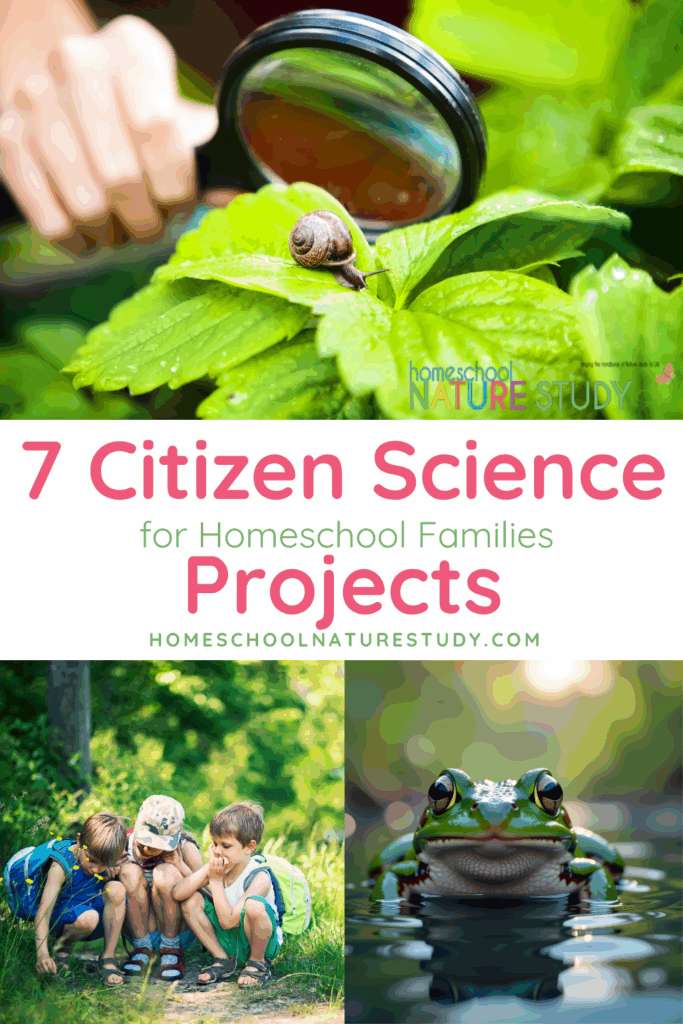
My youngest has been fascinated with insects since before he could speak in full sentences. In fact, one of my favorite stories is about his first little league t-ball game. When the coach told him to play outfield for the next inning, he happily ran out, and then promptly laid down on his stomach and began hunting for ladybugs. The ball went right passed him. He was blissfully unaware, as he stood up smiling, a lady bug in his sweet little palm.
What Are Citizen Science Projects?
Later, this fascination turned into our first citizen science project with The Lost Ladybug Project. He grabbed our camera, carefully photographed the insects from multiple angles, and spent the next hour learning about native versus invasive ladybug species.
This simple science project sparked months of bug hunting, photography sessions, and data submissions that made my both of my children feel like real scientists.
Citizen science projects allow everyday people to contribute valuable data to scientific research. These projects can transform your backyard, local park, or even a simple walk around the block into a living laboratory.
Why Citizen Science is Perfect for Homeschoolers
Citizen science aligns beautifully with homeschool life and learning styles. It offers hands-on, experiential learning that engages multiple senses and learning modalities. Learners develop critical thinking skills, learn to make careful observations, and practice data collection and analysis. Perhaps most importantly, they gain a sense of purpose knowing their work matters to real scientists studying important environmental and biological questions.
These projects also offer flexibility so you can participate when it works for your schedule and choose your level of involvement based on your children’s ages and attention spans.
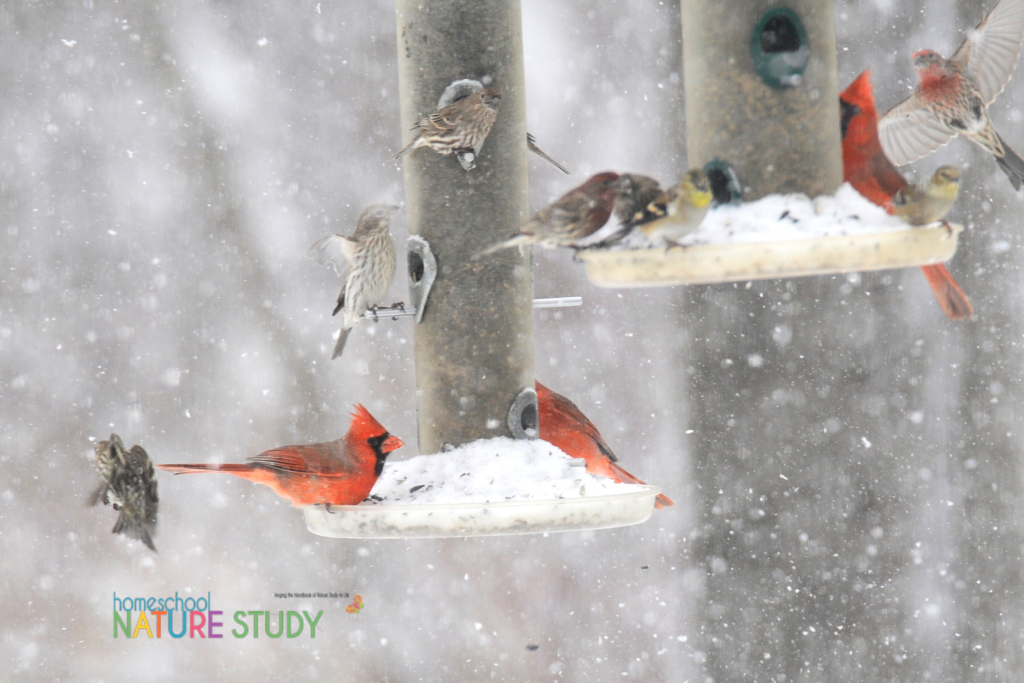
7 Outstanding Citizen Science Projects for Your Family
1. The Great Backyard Bird Count
What it is: This annual four-day event in February invites people worldwide to spend at least 15 minutes counting birds in their area and submitting their observations online.
Why it’s great for homeschoolers: Perfect for beginners, requires minimal time commitment, and introduces basic ornithology concepts. Children learn bird identification, counting skills, and data recording while contributing to a massive global dataset that helps scientists understand bird population trends and distributions.
Getting started: Download the free eBird app, grab some binoculars (even toy ones work for younger children), and head to your backyard or a local park. Count every bird you see during your 15-minute observation period.
Go To: Great Backyard Bird Count Homeschool Resources: Everything You Need to Know!
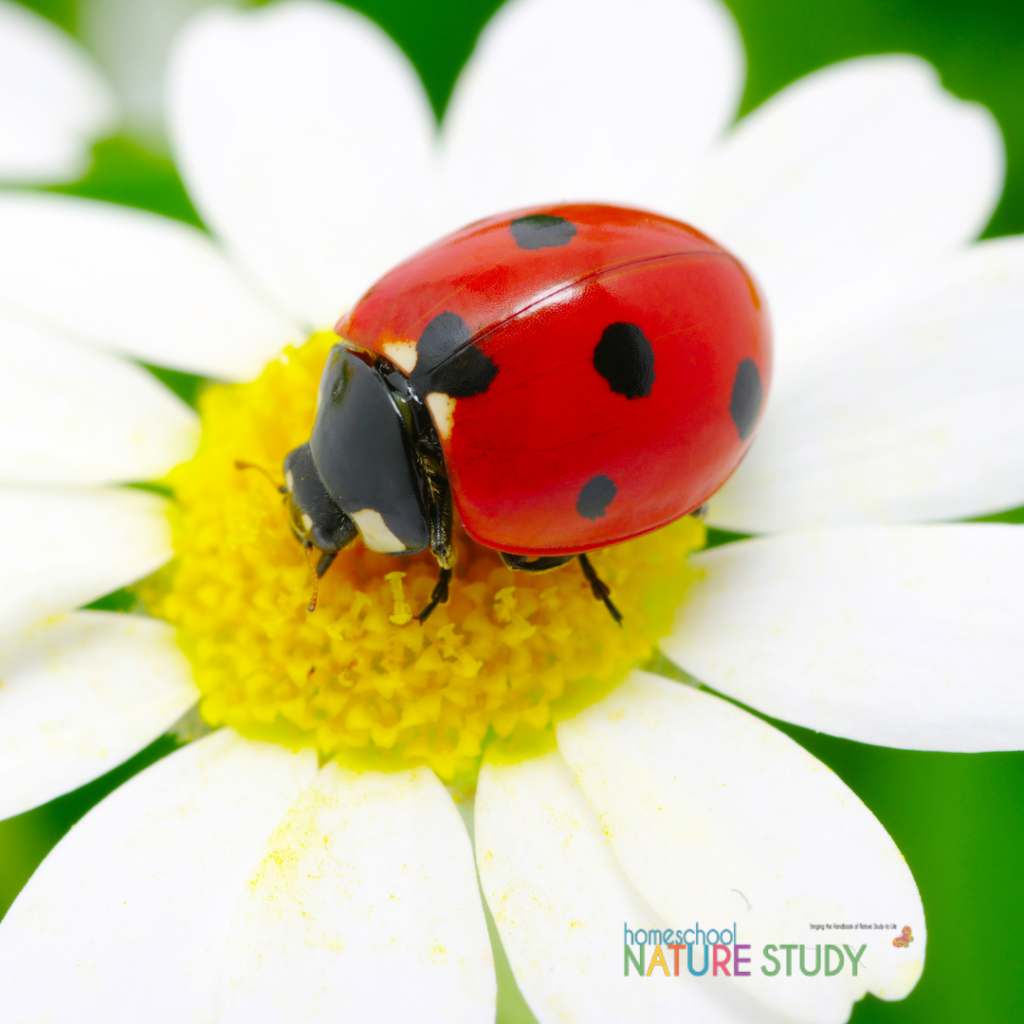
2. The Lost Ladybug Project
What it is: A citizen science project focused on documenting ladybug species across North America, with particular interest in finding rare native species that seem to be declining.
Why it’s great for homeschoolers: Combines photography, insect identification, and conservation science. It’s especially appealing to younger children who are naturally drawn to these colorful insects. The project helps students understand biodiversity, invasive species, and ecosystem changes.
Getting started: When you spot ladybugs, photograph them from multiple angles, note the location and habitat, then submit your findings through their website. The project provides excellent identification guides to help distinguish between species.
Go To: A Delightful Ladybug Nature Study
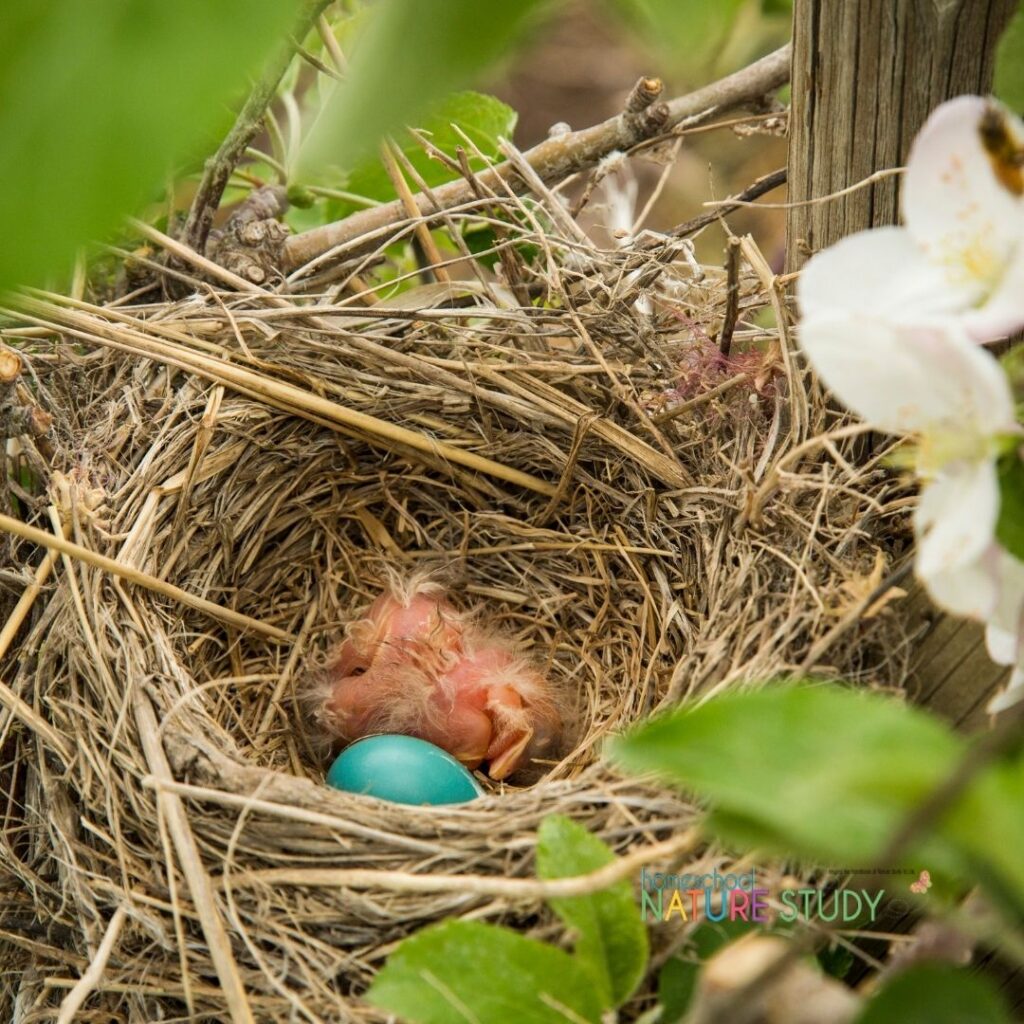
3. NestWatch
What it is: A year-round citizen science project that monitors bird nesting to understand how environmental changes affect bird reproduction and survival.
Why it’s great for homeschoolers: Offers extended engagement opportunities as families can monitor nests throughout the breeding season. Teaches patience, careful observation, and respect for wildlife while contributing to important reproductive ecology research.
Getting started: Complete the free online certification course, then locate and monitor bird nests in your area. Record nesting attempts, number of eggs, hatching success, and fledgling outcomes. The project provides detailed protocols to ensure data quality while keeping both observers and birds safe.
Go To: Fun Bird Nests and Egg Nature Study Activities
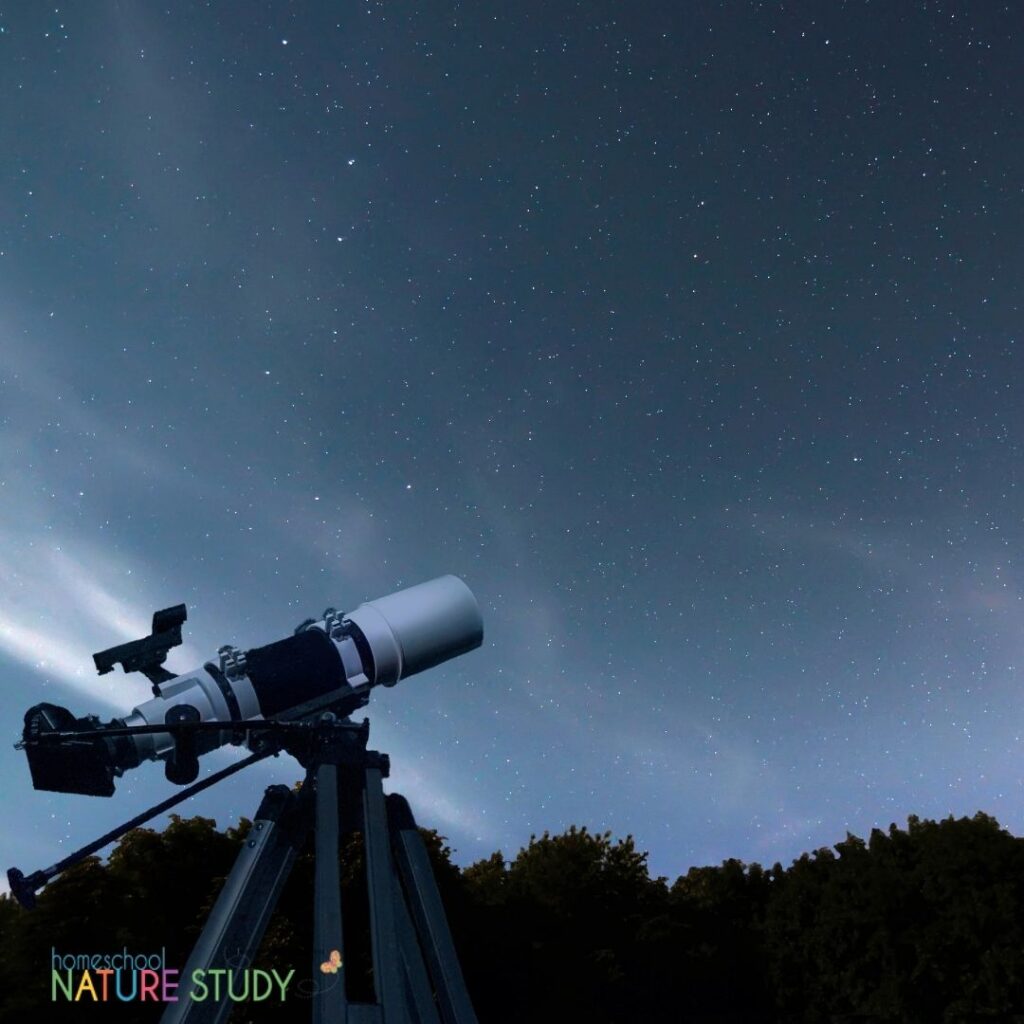
4. Globe Observer
What it is: NASA’s citizen science app that allows users to contribute environmental observations including cloud cover, land surface conditions, and mosquito habitat data.
Why it’s great for homeschoolers: It connects earth science learning with space science, encourages regular outdoor observation, and provides immediate connection to NASA research. Multiple observation categories mean families can choose focuses that interest them most.
Getting started: Download the Globe Observer app and start with cloud observations—simply photograph clouds and answer questions about their appearance and coverage. The app guides you through each type of observation with clear instructions.
Go To: Spectacular Night Sky Nature Study
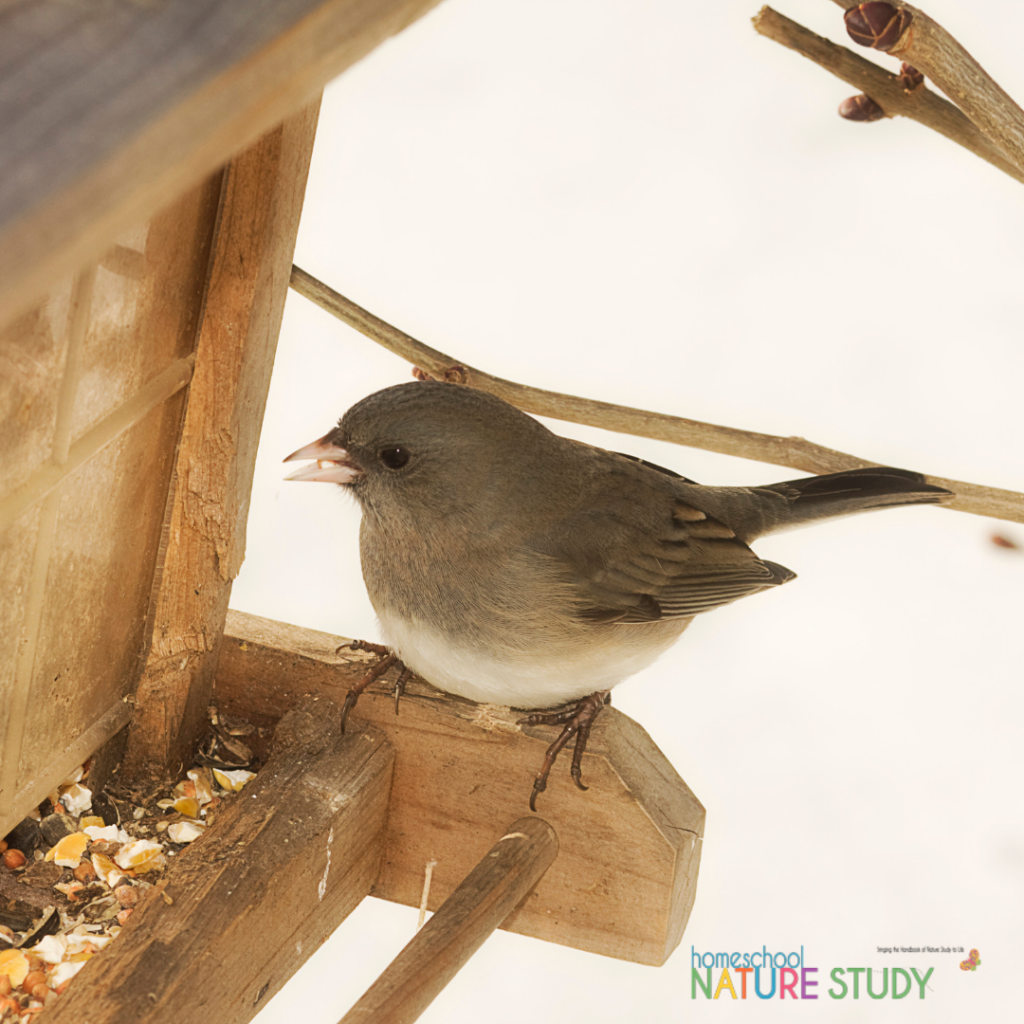
5. eBird
What it is: The world’s largest biodiversity citizen science project, where birdwatchers submit checklists of species they observe, creating a real-time picture of bird populations and distributions globally.
Why it’s great for homeschoolers: Can be done anywhere at any time, scales from quick backyard observations to extended birding expeditions. Develops geographic awareness, seasonal understanding, and data literacy skills while building a lifelong hobby.
Getting started: Create a free eBird account, download the mobile app, and start submitting lists of birds you observe. Even if you can only identify common species like robins and cardinals, your data contributes valuable information about bird abundance and distribution.
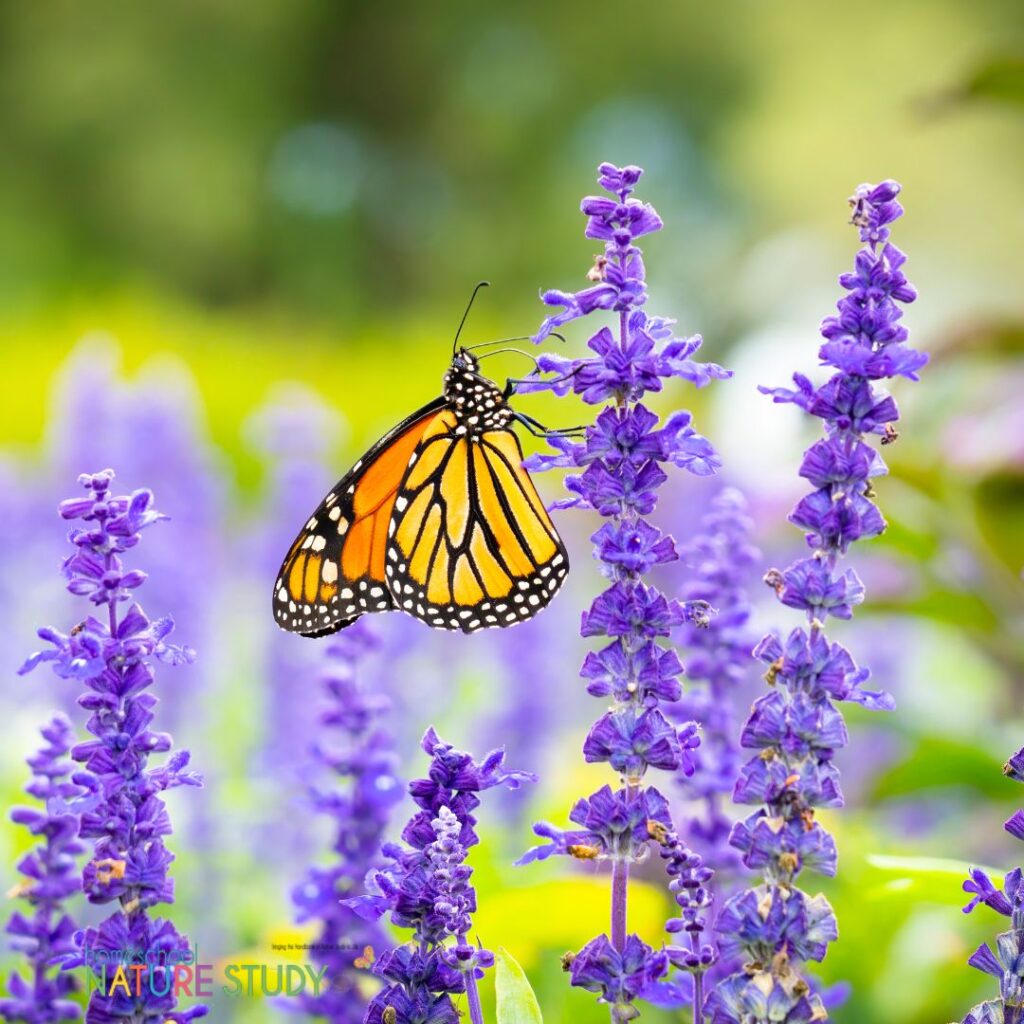
6. eButterfly
What it is: A citizen science initiative that tracks butterfly diversity and abundance across North America, helping scientists understand population trends and the effects of climate change on butterfly communities.
Why it’s great for homeschoolers: Combines outdoor exploration with photography and species identification. Butterflies’ obvious beauty and interesting life cycles naturally engage children while teaching concepts about metamorphosis, pollination, and habitat requirements.
Getting started: Visit butterfly-friendly locations like gardens, parks, or meadows. Photograph butterflies you encounter and submit observations through the eButterfly website. The platform includes identification guides and seasonal activity information.
Go To: How to Make a Butterfly Puddle
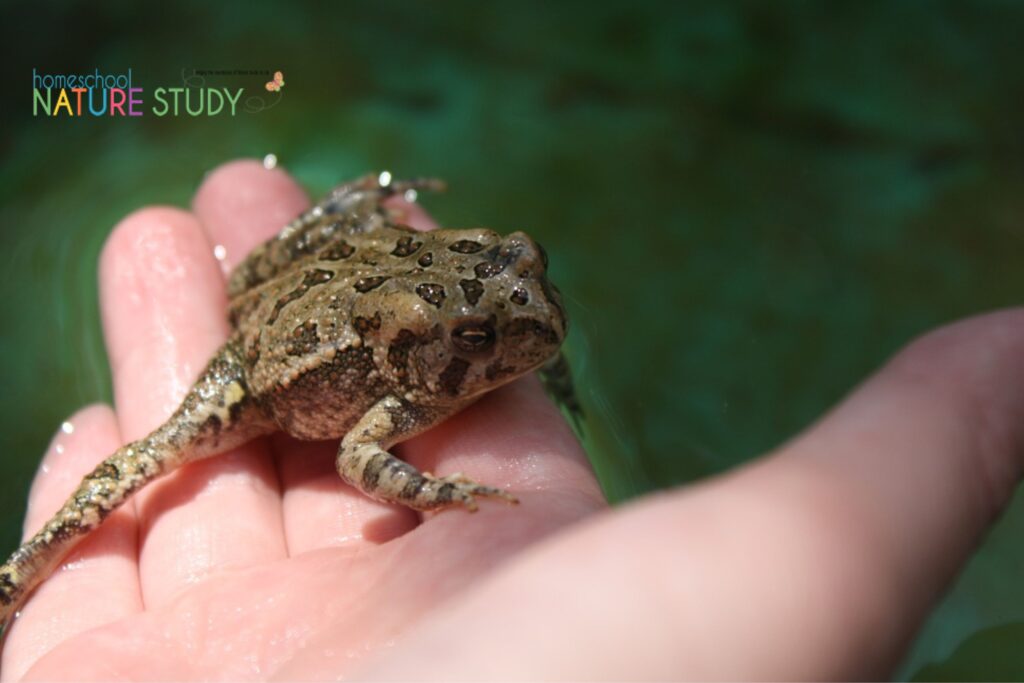
7. FrogWatch USA
What it is: A program that engages citizens in monitoring local frog and toad populations by listening to and reporting their calls during breeding season.
Why it’s great for homeschoolers: Introduces acoustic identification skills, connects families with wetland ecosystems, and can be done during evening hours when many homeschool families have flexibility. Frogs and toads are excellent indicators of environmental health.
Getting started: Complete the online training to learn frog and toad calls, then conduct regular monitoring sessions at nearby wetlands during breeding season (typically spring through summer). Submit data about which species you hear and their calling intensity.
Go To: Frogs and Toads: Learning Activities for Kids
Making the Most of Citizen Science in Your Homeschool
When your family participates in citizen science, you’re joining a global community of curious individuals contributing to our understanding of the natural world. Your observations might help scientists track the effects of climate change, understand species distributions, or identify conservation priorities.
These projects transform routine outdoor time into purposeful scientific investigation, helping your children see themselves as capable scientists whose observations and questions matter.
You’re not just teaching science. You are showing your children that they have something to contribute, that their voices matter, and that paying attention to the world around us is important.

Shawna Wingert is a special education teacher turned writer, speaker and consultant. She is also a homeschooling mom of two brilliant boys with differences and special needs. Shawna has written four books for parents – Everyday Autism, Special Education at Home, Parenting Chaos and her latest, Homeschooling Your Child With Special Needs. She helps parents of children with learning differences, behavioral challenges and special needs every day at DifferentByDesignLearning.com.
